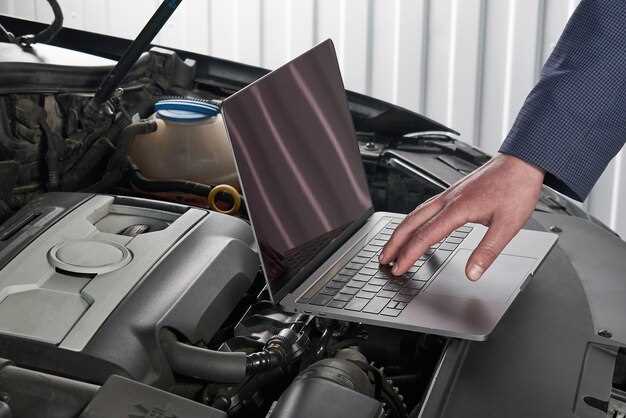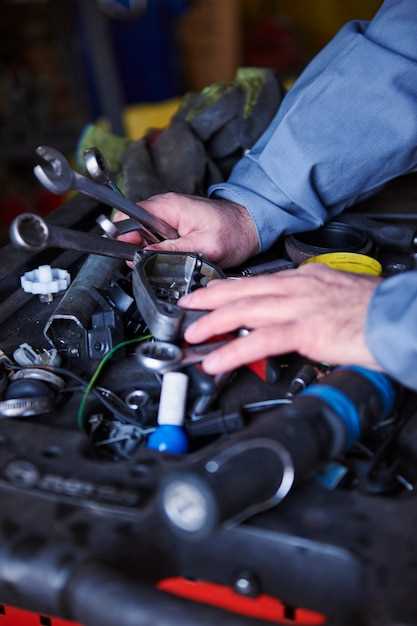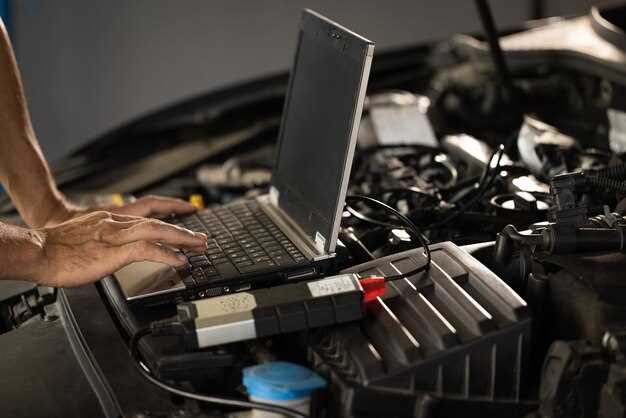
Your vehicle’s transmission is a vital component that ensures smooth gear shifts and overall driving efficiency. Unfortunately, failure of this complex system can lead to costly repairs and significant downtime. Understanding how to maintain your transmission is essential for every vehicle owner, as it can save you both time and money in the long run.
This article aims to provide practical tips that can help prevent expensive transmission repairs. By incorporating routine maintenance and being aware of warning signs, you can extend the life of your transmission and avoid the financial burden of major repairs. From regular fluid checks to prompt attention to unusual behavior, these simple steps can make a noteworthy difference in your vehicle’s performance and reliability.
Join us as we explore the most effective strategies to keep your transmission running smoothly and reduce the risk of failure. Your wallet will thank you, and your vehicle will reward you with a longer lifespan and improved driving experiences.
Regular Fluid Checks and Changes
Maintaining the health of your vehicle’s transmission is crucial for preventing costly repairs. One of the key aspects of this maintenance is conducting regular fluid checks and changes. Transmission fluid plays a vital role in lubricating the moving parts, cooling the system, and ensuring smooth gear shifts.
Over time, transmission fluid can become contaminated with debris and lose its effectiveness. This can lead to increased friction, overheating, and ultimately, failure of the transmission. To avoid these issues, it is essential to regularly check the fluid level and quality. If the fluid appears dirty or has a burnt smell, it is a strong indication that a change is necessary.
Following your vehicle manufacturer’s recommended maintenance schedule for fluid checks and changes is also critical. Most experts suggest changing the transmission fluid every 30,000 to 60,000 miles, but this can vary based on driving conditions and vehicle type. Additionally, regularly topping up the fluid to the proper level will help ensure the transmission operates smoothly.
By prioritizing fluid maintenance, you can significantly reduce the risk of expensive transmission repairs and extend the lifespan of your vehicle’s drivetrain. Ignoring these simple steps can lead to severe consequences, including complete transmission failure, which can be costly to repair or replace.
Understanding Warning Signs of Transmission Issues

Identifying the early warning signs of transmission problems is crucial for maintaining your vehicle and avoiding expensive repairs. One of the first indicators of transmission issues is unusual noises. If you hear grinding, whining, or clunking sounds when shifting gears, it may signal internal complications that require immediate attention.
Another common symptom is a slipping transmission. This occurs when the vehicle unexpectedly shifts gears or has difficulty staying in gear, which can be a sign of worn-out components or low transmission fluid levels. Routine maintenance checks can help identify these issues early.
Furthermore, if you experience delayed or rough shifting, it might indicate that your transmission is struggling. These sensations can stem from low fluid levels, contaminated fluid, or internal wear, all of which require prompt investigation to prevent potential failure.
Fluid leaks are also a significant warning sign. If you notice red or brown fluid pooling under your vehicle, it’s essential to check your transmission fluid levels and consult a professional. Low fluid can lead to overheating and serious transmission damage.
Lastly, dashboard warning lights should never be ignored. If the check engine light or any transmission-related indicator illuminates, it’s vital to seek a mechanic’s advice right away. Addressing these warning signs early through effective maintenance can significantly extend the life of your transmission and save you from costly repairs.
Recommended Driving Habits to Extend Transmission Life

Maintaining your vehicle’s transmission is essential for its longevity and performance. Implementing good driving habits can significantly reduce the risk of costly repairs. Here are some effective tips:
- Avoid Rapid Acceleration: Quick starts can put excessive strain on the transmission. Gradually accelerating helps prolong its life.
- Do Not Shift Gears Abruptly: Shift smoothly between gears, especially in automatic transmissions. Jerky movements can cause wear and tear over time.
- Limit Towing Capacity: Ensure you know your vehicle’s towing limits. Exceeding these limits can lead to overheating and damage to the transmission.
- Warm Up the Engine: Allow your vehicle to warm up before driving, especially in cold weather. This promotes proper lubrication within the transmission.
- Use the Correct Fluid: Always use the manufacturer-recommended transmission fluid. This ensures optimal performance and protection.
In addition to these habits, regular maintenance is vital. Schedule fluid checks and changes to keep your transmission in peak condition. By adopting these driving practices and prioritizing maintenance, you can help extend the life of your transmission and prevent expensive repairs.

